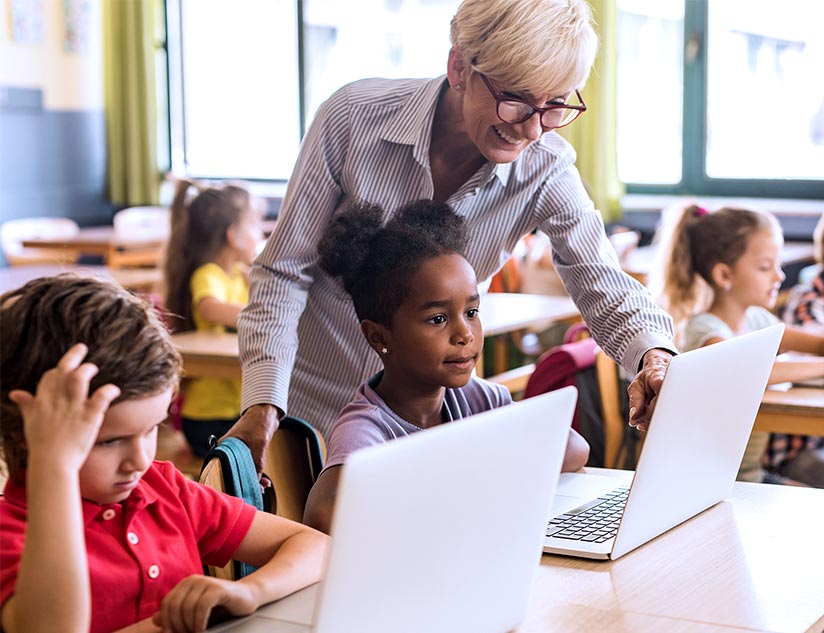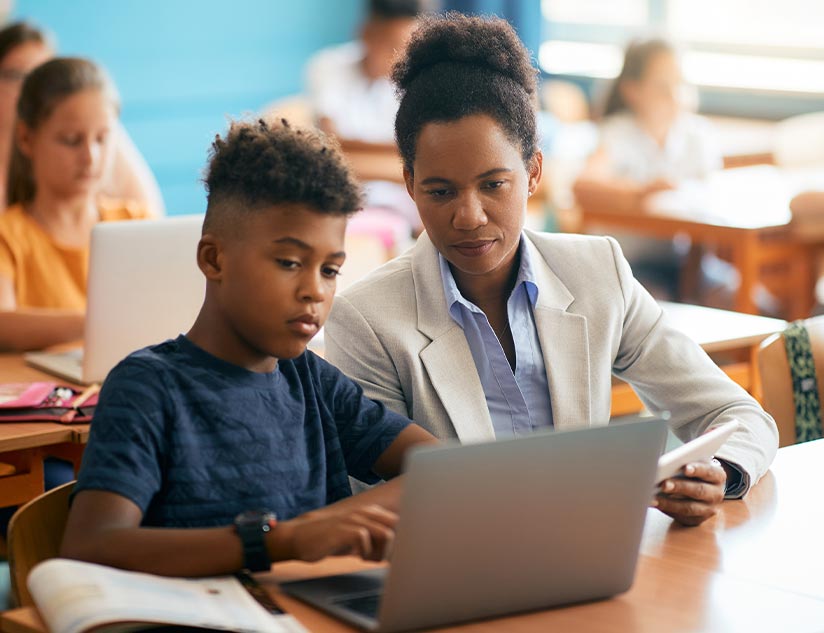In Isaac Asimov’s short story titled Sally, published in 1957, he envisioned a world where all the cars would be automated. Fast forward to 2019, a Silicon Valley start-up managed to transport 40,000 pounds of butter using an autonomous truck. The truck completed the 2,800-mile journey from Ulare, California, to Quakertown, Pennsylvania, in less than three days. And, might I add, in a manner that was smooth as butter.
Things that were thought to be merely part of science fiction are becoming reality. These galloping advancements in technology are not limited to just self-driving trucks. One of the fields where technology is making great strides is education. In fact, it was even proven in a research by Japan’s National Institute of Multimedia Education that the use of e-learning and ICT have a positive impact on learning behavior.
Today, eLearning platforms are even leveraging the power of artificial intelligence (AI). These platforms allow easy creation of digital learning content. The content can be made engaging with the inclusion of interactive and gaming elements, such as puzzles, infographics and leaderboards. These platforms also provide a range of analytics that can helps teachers gain valuable insights regarding the learning behavior of their students. This then can lead to more personalized support through the student’s academic journey. These platforms have also helped make education truly mobile.
Another interesting development has been the inclusion of technologies such as augmented reality (AR), virtual reality (VR) and mixed reality (MR) in the learning space. The integration of these technologies has taken student engagement to a whole new level. But, this ICT-led revolution has also brought in its own set of challenges. There is a need to relook at teacher training, such that educators are well-equipped to cater to today’s tech-savvy students, with the aim of enhancing learning outcomes.
Needs and Challenges of Teacher Training
Emerging technologies are changing the role of teachers. Therefore, teacher training also needs to evolve to prepare educators to adapt to this change. However, changing with the times brings its own set of needs and challenges.
Understanding the changing educational environment
Students today have grown up amidst technology and expect its use almost everywhere. It should come as no surprise that it even as far back as 2013, 81% K-12 teachers believed that classroom education improved with the use of tablets. Today, the student population is made up of Gen Zers, who no longer want to be passive recipients of knowledge. The need of the hour is to make educational content interactive, engaging, and easily and quickly consumable.
Tackling resistance to change and new technologies
Students today are the true digital natives, but the same cannot be said for the teachers. Getting used to new technology takes time and training. There is a certain level of comfort with keeping status quo, while adapting to change and new technology can be stressful, leading to resistance. Teachers might feel that they need to put in more effort to use technology. Some might also feel that the use of such technology is outside their job description. However, to provide education in a way that is relevant for not just today’s students but also those of the future, teachers need to gain comfort with ICT.
MOOCs and other evolving educational models
Another new challenge for teachers has emerged in the form of MOOCs or Massive Open Online Courses. MOOCs are open in the sense that anyone interested in a course can participate. They are also open in that students have the choice to opt out of the course at any time, and not just at the end of the course. The problem with this learning model is that the running and designing formative experiences. Since such open courses are mostly video-based, again building comfort with the technology among teachers becomes important.
Personalized learning
Neurological studies have found that personalized teaching has a positive impact on the learning ability of students. Personalized teaching aims at delivering education in a way that would suit the specific needs and learning styles of each student. While this is difficult with the traditional classroom teaching model, educationists realize that they need to move away from the one size fits all approach. This is where a robust eLearning platform can be of huge help. Not only do they offer the means to personalize learning to the pace and style of each student, they also offer analytics to help teachers adapt their teaching strategies to the needs of specific students.
Addressing accessibility
Accessibility is not just a legal requirement. It is a moral responsibility for the education sector. The easiest way to ensure compliance with the accessibility regulations, while providing unmatched learning opportunities for all types of students is with a learning experience platform. With such platforms, educational content can be made accessible through the addition of subtitles and closed captions for those with hearing problems or text to speech capabilities for students with visual impairment. Studies have also revealed that adding gaming elements can help improve learning outcomes for those with ADHD.
Assessments and analytics
Assessments are an indispensable part of delivering effective education. With ICT, such assessments can now be made much more engaging, while offering instant feedback to students. This can help improve learning outcomes. However, teacher training then needs to include helping educators customize assessments to their students, use analytics to evaluate the learning progress of individual students, sharing key analytics with parents and more. Both standardized and adaptive assessments can be delivered through the Ed Tech route, if teachers are confident of using the technology to do so.
Continuing learning and support
To stay relevant in this constantly evolving landscape, it is important for teachers to adopt continuing learning. Staying updated on the latest in the field of education is as important as being confident of the subject one teaches. Here too, ICT comes to the rescue, offering personalized, mobile, engaging learning opportunities. Compliance training and certification can also be implemented through a learning platform.
Final Thoughts
Technology and the education sector might advance at totally different speeds. However, the need today is to prepare teachers of the future, rather than only focus on the current needs, given the pace of technological evolution. Students already have powerful technology right in their pockets. They are used to seeking information on their own, through these devices. Why not use this habit for the benefit of education? To do so, teachers will need training to make the most of what technology has to offer.
In fact, research shows that ICT can contribute to improve both learning and teaching in K-12 education. However, to achieve the best result of integrating ICT, schools will need to not just modernize their technology tools, but also modify their teaching models, including the role of teachers. Today, teachers need to be more of mentors, guiding students to discover knowledge for themselves, rather than the reservoir of information they used to be.














